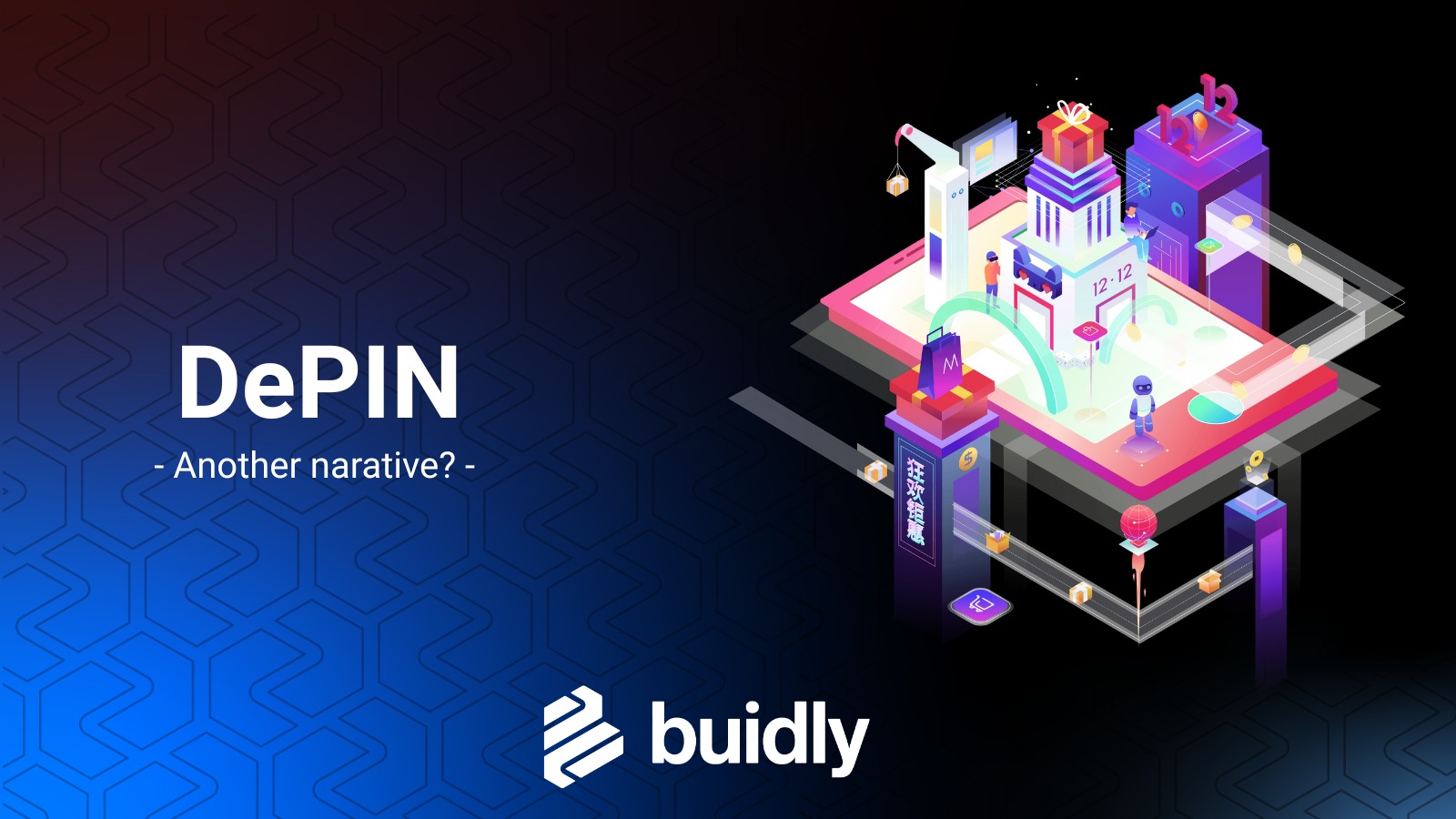
Imagine a Wi-Fi router earning crypto while idle, or an electric car charging the grid during peak hours for profit. This scenario represents the potential of Decentralized Physical Infrastructure Networks or DePIN. As Web3 evolves, DePIN is changing how we interact with and manage physical infrastructure, connecting digital and physical realms.
Concept
DePIN represents a shift in infrastructure management. By combining IoT, blockchain, and tokenomics, it creates self-sustaining physical networks that encourage participation and maintenance. While projects like Helium and Hivemapper have gained recognition, DePIN’s applications extend beyond these initial use cases.
Understanding
DePIN’s functionality relies on three key elements: decentralized governance, tokenomics incentives, and physical asset integration. These components form the basis of DePIN systems, enabling the creation of efficient and community-driven networks.
Developing DePIN solutions presents specific challenges. Balancing digital security with physical vulnerabilities is crucial. Ensuring network resilience against natural disasters or potential disruptions is another consideration. Additionally, navigating regulations across different jurisdictions adds complexity to DePIN implementation.
DePIN Applications
While DePIN discussions often focus on telecommunications and transportation, its potential applications are broader.
- DePIN could enable cities to adapt to citizen needs more effectively. Smart cities using decentralized sensors could optimize traffic flow and manage energy consumption. Blockchain-based voting systems could allow communities to participate in decisions about local infrastructure projects.
- DePIN could enhance environmental conservation efforts. Decentralized sensor networks could monitor air and water quality, forest density, and wildlife populations. These networks could connect to tokenized carbon credit systems, creating economic incentives for conservation.
- In healthcare, DePIN could address service delivery gaps. Decentralized telemedicine networks could improve access to healthcare in remote areas. In emergencies, a DePIN-enabled response system could coordinate ambulances, hospitals, and civilian first responders more efficiently.
Technical Considerations & buidly’s approach
At Buidly, we’re developing consensus mechanisms designed for physical infrastructure networks. These mechanisms consider the specific requirements of physical assets to ensure secure operation.
We’re also exploring hybrid on-chain/off-chain data management solutions to connect blockchain and physical world data efficiently. This approach allows for real-time processing while maintaining blockchain security benefits.
Challenges
Ensuring reliable real-world data input is essential for DePIN systems. We’re developing multi-source oracle systems with data validation mechanisms. These systems cross-reference data from multiple sources and use algorithms to detect anomalies.
To create functional global infrastructure networks, DePIN systems must scale and interact effectively. We’re working on cross-chain DePIN protocols that allow different infrastructure networks to communicate. We’re also developing Layer 2 solutions for high-frequency, low-latency transactions common in physical asset management.
As DePIN systems process large amounts of data, privacy is a key concern. We’re implementing zero-knowledge proofs for privacy-preserving infrastructure management. This technology enables data verification without revealing the data itself.
Future
In the coming years, we anticipate DePIN playing a role in reshaping infrastructure interaction. We foresee a move towards community-operated infrastructure networks, potentially leading to more equitable resource access. DePIN could influence infrastructure ownership, giving individuals and communities a stake in systems they use daily. This shift may result in infrastructure development that aligns closely with user needs.
Furthermore, DePIN has the potential to create new economic models bridging digital and physical worlds.
Tokenizing physical assets and infrastructure services could lead to new markets and value exchange methods.
Placeholder
Lorem ipsum dolor sit amet, consectetur adipiscing elit. Suspendisse varius enim in eros elementum tristique. Duis cursus, mi quis viverra ornare, eros dolor interdum nulla, ut commodo diam libero vitae erat. Aenean faucibus nibh et justo cursus id rutrum lorem imperdiet. Nunc ut sem vitae risus tristique posuere.







